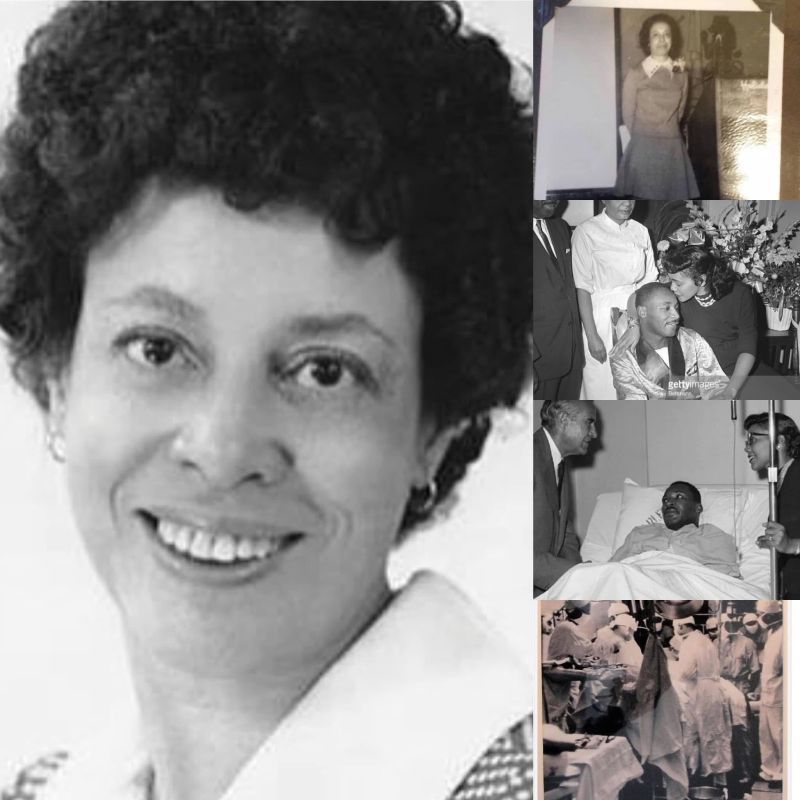
As we celebrate Dr. Martin Luther King, Jr. Day…
Let’s reflect on the historical significance in nurse anesthesia. This is a rare photo of the operating room at Harlem Hospital on September 20, 1958.
On that day, Dr. Martin Luther King, Jr. was at his first book signing event, Stride Toward Freedom. While at the book signing, a woman stabbed Dr. King in the chest with a letter opener in his sternum between a major artery and aorta as reported. Dr. King was rushed to Harlem Hospital for an emergency thoracotomy. On call, was a Nurse Anesthetist, Goldie Brangman.
During this era, Black Nurse Anesthetists at Harlem Hospital and white Nurse Anesthetists at Presbyterian Medical Center did not work together. This is the actual picture from the operating room of Dr. King as the patient with an all Black surgical team, trauma surgeons, nurses and a Nurse Anesthetist, Goldie Brangman who cared for Dr. King for the 3 and 1/2 hour surgery. The anesthesia machine used at that time was called the Heidbrink. During that era, there was no mechanical ventilation and Ms. Brangman, literally bagged Dr. King for compliance throughout the entire surgery. Dr. King recovered at Harlem Hospital with Mrs. Corretta Scott King at his bedside.
In 1964, Dr. King would later accept the Nobel Peace Prize as a civil rights leader for non-violence resistance in the wake of racial injustices and blatant racism on America.
Nurse Anesthetist, Goldie Brangman was the Program Director of the Harlem School of Anesthesia since 1951 for 36 years. The Nurse Anesthesia faculty and student cohorts consistently reflected the communities they served.
In 1959, Goldie Brangman CRNA was elected at the President of the New York Association of Nurse Anesthetists. Then, she served as the Treasurer of the American Association of Nurse Anesthetists (AANA) from 1967 to 1969.
Finally, Goldie Brangman, CRNA, MBA, MEd was elected as President of the AANA from 1973-1974 as the first and only Black Nurse Anesthetist to be elected in this senior leadership role since 1931.
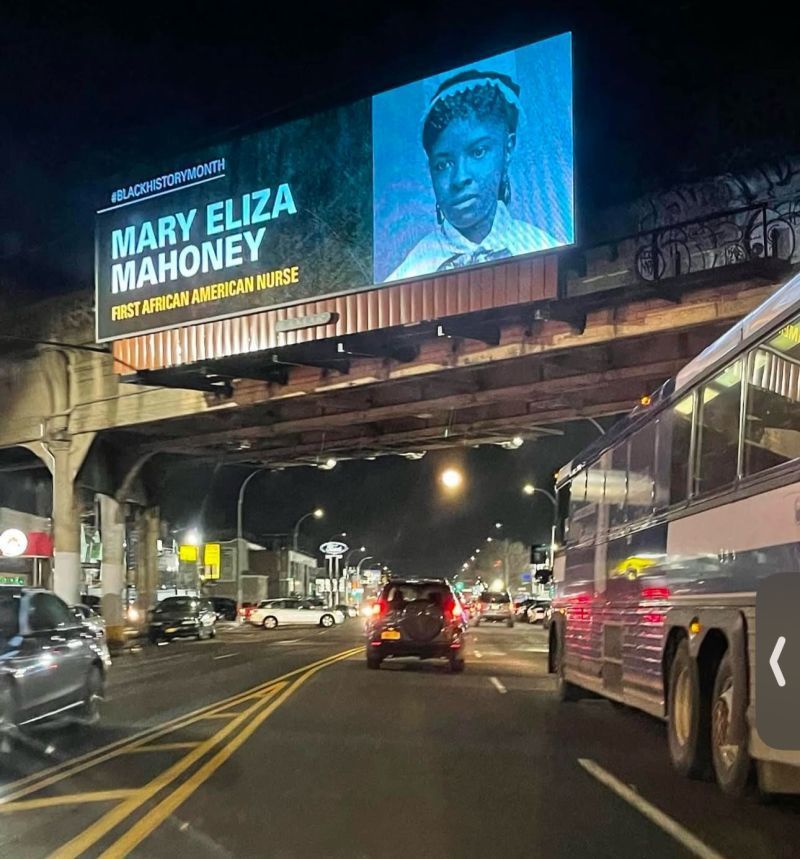
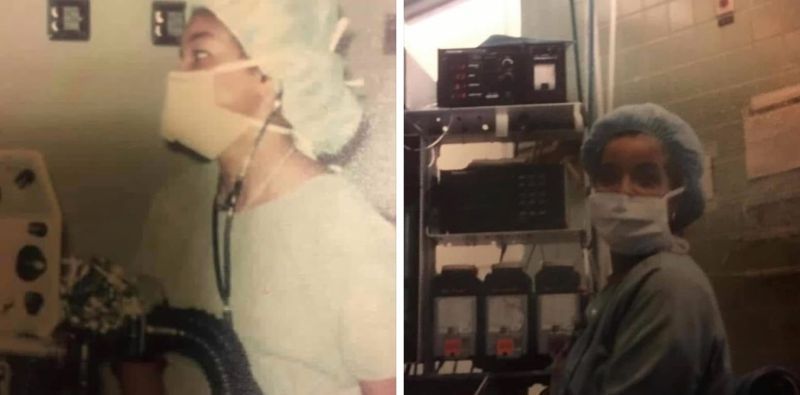
In Celebration of Black History Month, we honor Nurse Anesthetists whose shoulders we stand on
Circa 1977…
Thank you to Sheila Peddrew, Nurse Anesthetist for paving the way for Black CRNAs to administer anesthesia in our nation’s operating rooms. Sheila is a graduate of Norfolk Community Hospital of Anesthesia in 1971.
This particular hospital served the Black patient population community. A few years later, Sheila was approached to become the Education Director. While she assumed this new role, each graduating cohort reflected the community-at-large.
And, to our future CRNAs, never forget those who came before you and be proud of your history in nurse anesthesia, often not shared in the classrooms.
Much respect, Sheila Peddrew in paving a way for so many Black Nurse Anesthetists across the country.
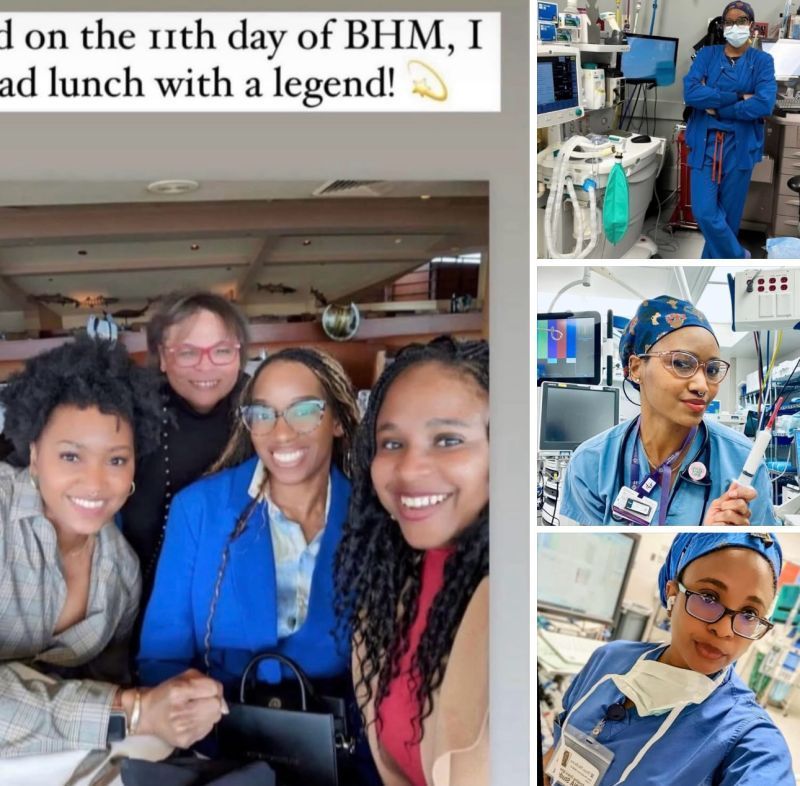
During Black History Month…
One year ago…On this day, I had the pleasure of enjoying lunch in Philadelphia with these graduate nurse anesthesia students from Drexel University & the University of Pennsylvania.
Today…all three are CRNAs who attended a Diversity CRNA Events as critical care nurses!
Janiera Jackson, CRNA, MSN
Courtney Singletary, CRNA, MSN
Dr. Amazing-Grace Ighedo, DNP, CRNA
These are the Nurse Anesthetists who paved a way in the delivery of anesthesia to Black communities.
In this video: A 1965 gala event dinner celebration of Black nurses and nurse anesthetists at the 14th graduating ceremony for Harlem School of Anesthesia and Nursing School alumni, students, faculty and operating room staff.
The Harlem School of Anesthesia from 1951 - 1986 consistently hired Black Nurse Anesthesia faculty and selected a diverse international nurse anesthesia student cohort.
These are the Nurse Anesthetists of color who paved a way in the delivery of anesthesia to Black communities.
The Harlem School of Anesthesia consistently hired Black Nurse Anesthesia faculty and selected a diverse international nurse anesthesia student cohort. Goldie Brangman, CRNA, MBA, MEd was the founder and program director Harlem School of Anesthesia from 1951 - 1986.
In 1958, she would emergently deliver anesthesia to Dr. Martin L. King, Jr. for an assassination attempt to him with a near fatal stab wound to his chest while he was in Harlem at a book signing event.
In 1973, Ms. Brangman would be elected as the first and only Black AANA Président in 1973. Upon her retirement in Hawaii, she would volunteer as a leader for the American Red Cross.
A history lesson of breaking barriers during the Jim Crow and Civil Rights Era in the nurse anesthesia profession.
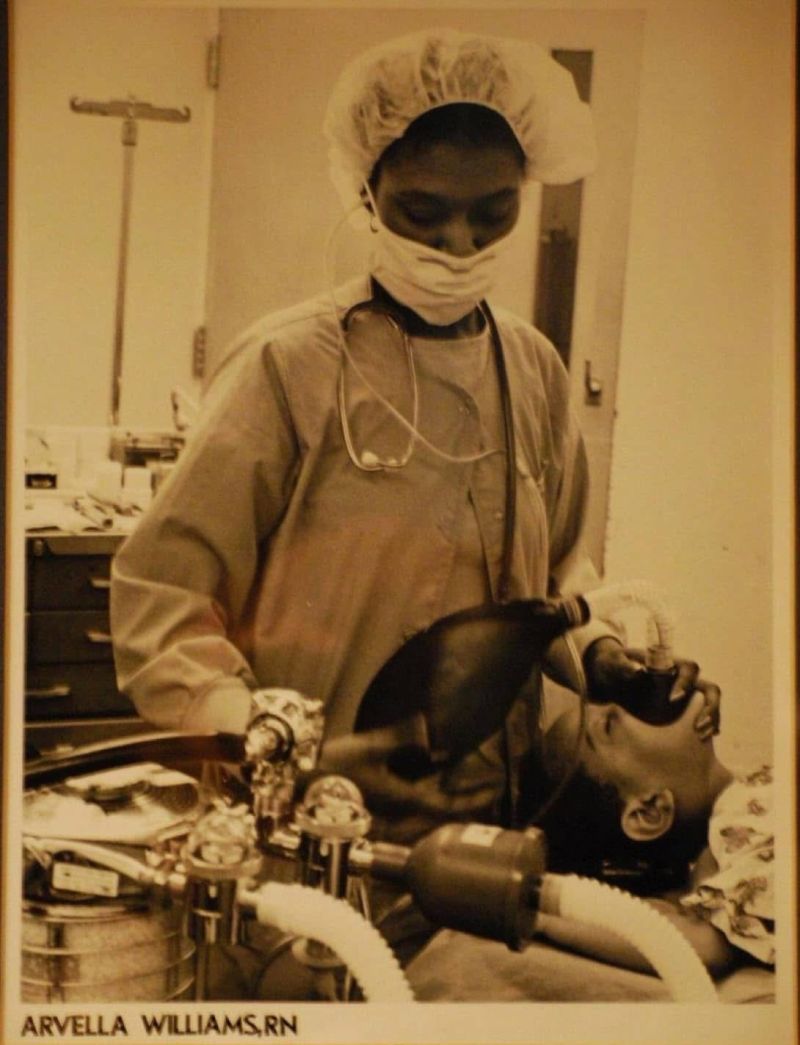
In Celebration of Black History Month, we honor Black Nurse Anesthetists whose shoulders we stand on
Circa 1979…Arvella Williams Bing, nurse anesthesia student at George Washington University. She was the only Black nurse anesthesia student admitted in cohort and only student of color at each clinical site rotation.
Today, nurse anesthesia students of color in predominantly white cohorts experience social isolation and Microaggressions.
The same experience was shared when Arvella Williams was a nurse anesthesia student at George Washington University.
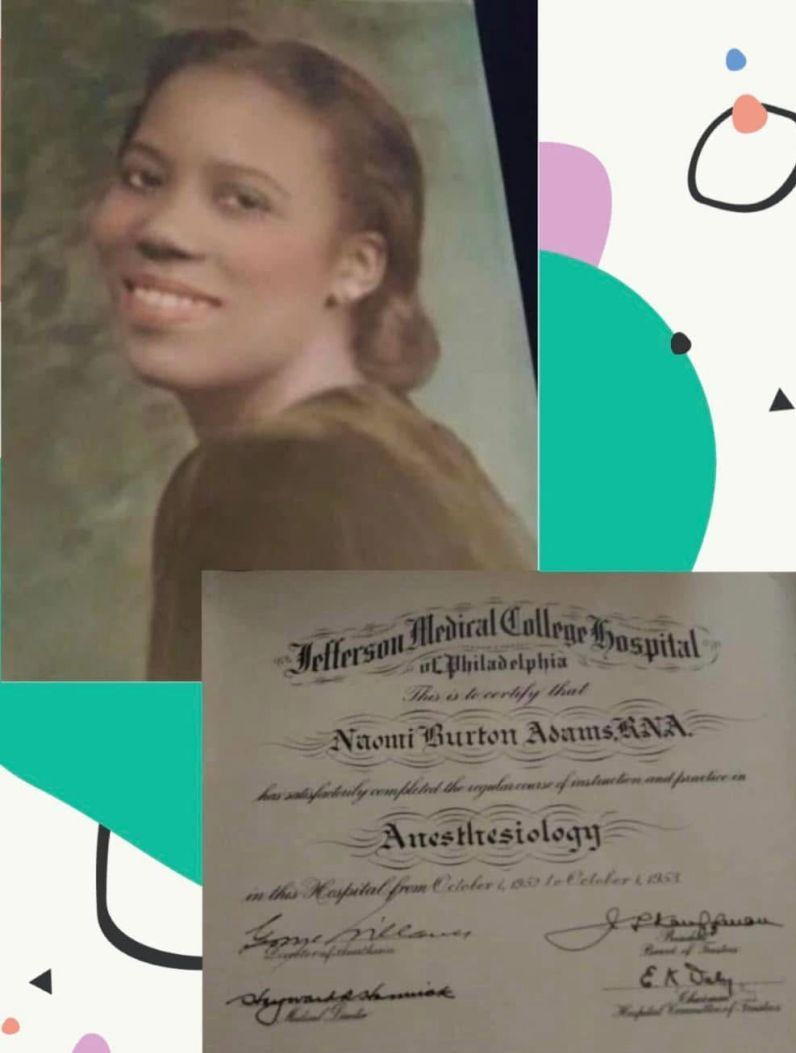
In Celebration of Black History Month featuring Black Nurse Anesthetists whose shoulders we stand on in the delivery of anesthesia
Naomi Burton Adams was the first Black nurse admitted into Jefferson Medical College Hospital School of Anesthesia in 1952.
The American Association of Nurse Anesthesiology was started in 1931 for white members only.
In 1944, ‘Colored’ Nurse Anesthetists were accepted into membership into the AANA. Prior to that, Black Nurse Anesthetists were members of the National Association of Colored Graduate Nurses.
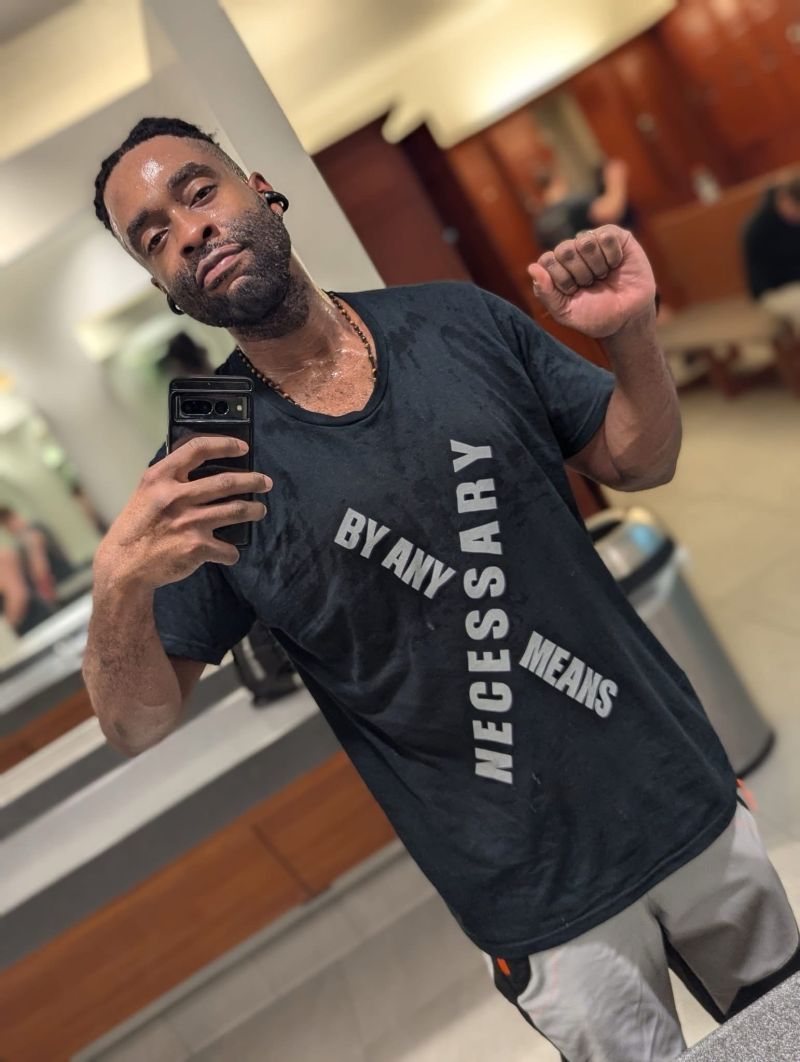
X.
He said what he said.
Because like MLK said, "Freedom is never given voluntarily by the oppressor; it must be demanded by the oppressed.”
"Make yourself sheep, and the wolves will eat you." - Benjamin Franklin
Happy Black History Month!
Signed with his full chest, Dr. Chuncey Ward, DNP, CRNA
A tribute to Harlem trailblazer Nurse Anesthesiologists of color who paved the way to those administering anesthesia today during CRNA Week.
A historical yearbook traveled to 5 Diversity CRNA 2024 Information Session & Airway Simulation Lab Workshop Events at Midwestern University, University of Pittsburgh, Rosalind Franklin University of Medicine & Science, Duke University & Fairfield University.
Goldie Brangman Nurse Anesthesia Program Director at Harlem School of Anesthesia dedicated a full page in the 1965 Harlem Scope Yearbook featuring pioneering warriors who fought for racial inequities in the country.
Notably, featured photos of diverse nurse anesthesia faculty and nurse anesthesia student cohorts in the yearbook, a legacy commitment of excellence from 1951 - 1986.
Future CRNAs had an opportunity to hold and peruse through the Harlem School of Anesthesia 1965 Yearbook while sharing legacy of Goldie Brangman CRNA.
All 5 Diversity CRNA 2024 Events for historically excluded diverse critical care nurses perused through the 1965 Harlem School of Anesthesia Yearbook.
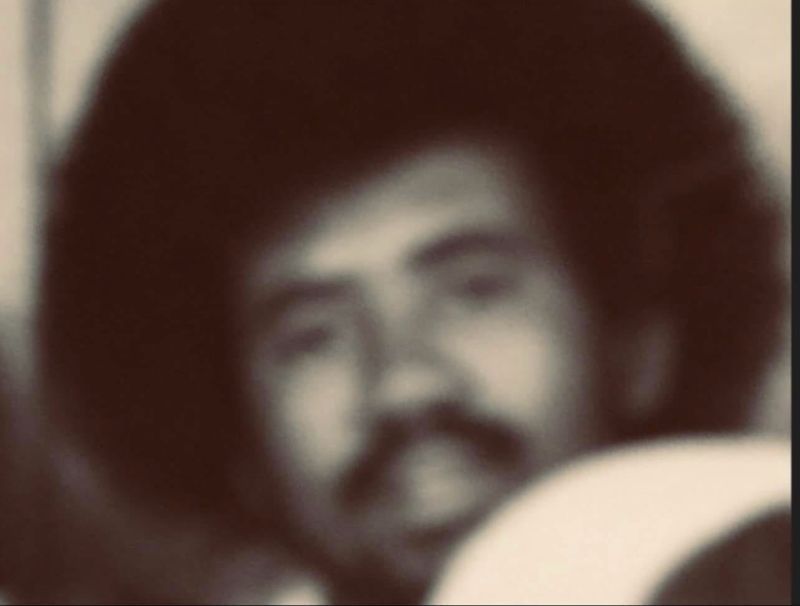
In Celebration of Black Men Nurse Anesthetists during Black History Month
We lift up Black men who are usually ‘the only’ in nurse anesthesia cohorts.
We honor Clarence Williams, CRNA, MSN, a graduate from Mayo Clinic School of Health-Related Sciences Nurse Anesthesia Program 1981.
As the only Black man graduate in his cohort at Mayo Clinic School of Health Related Sciences Nurse Anesthesia Program, he experienced social isolation & racial bias.
There were no nurse anesthesia faculty of color or clinical coordinators that resembled him at any of his anesthesia clinical rotations.
Still, I Rise.
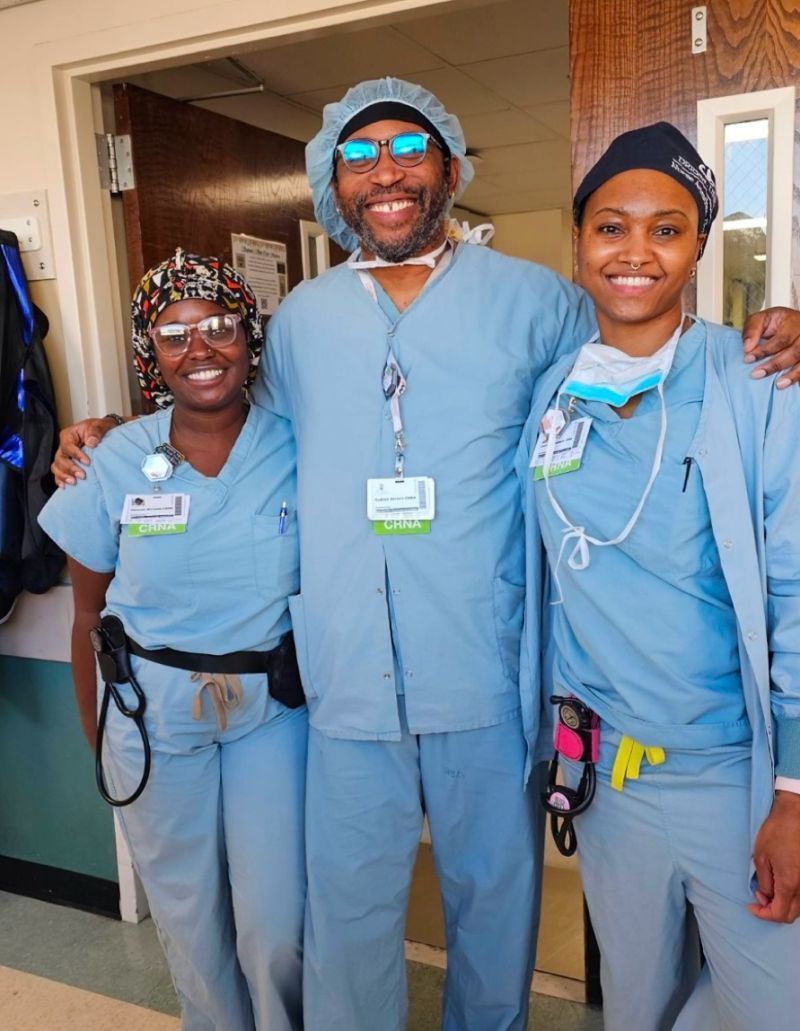
Celebrating Black History Month with the power of mentoring newly credentialed CRNAs
Each One, Teach One in Nurse Anesthesia trajectory. And, when you are done, let’s work together in the same operating room in the delivery of anesthesia!
Dr. Tedrick Vernon, DNP, CRNA (Co-Chair, Diversity CRNA HBCU School of Nursing Tour) mentored Dr. Keturah Williams DNP, CRNA & Courtney Singletary CRNA!
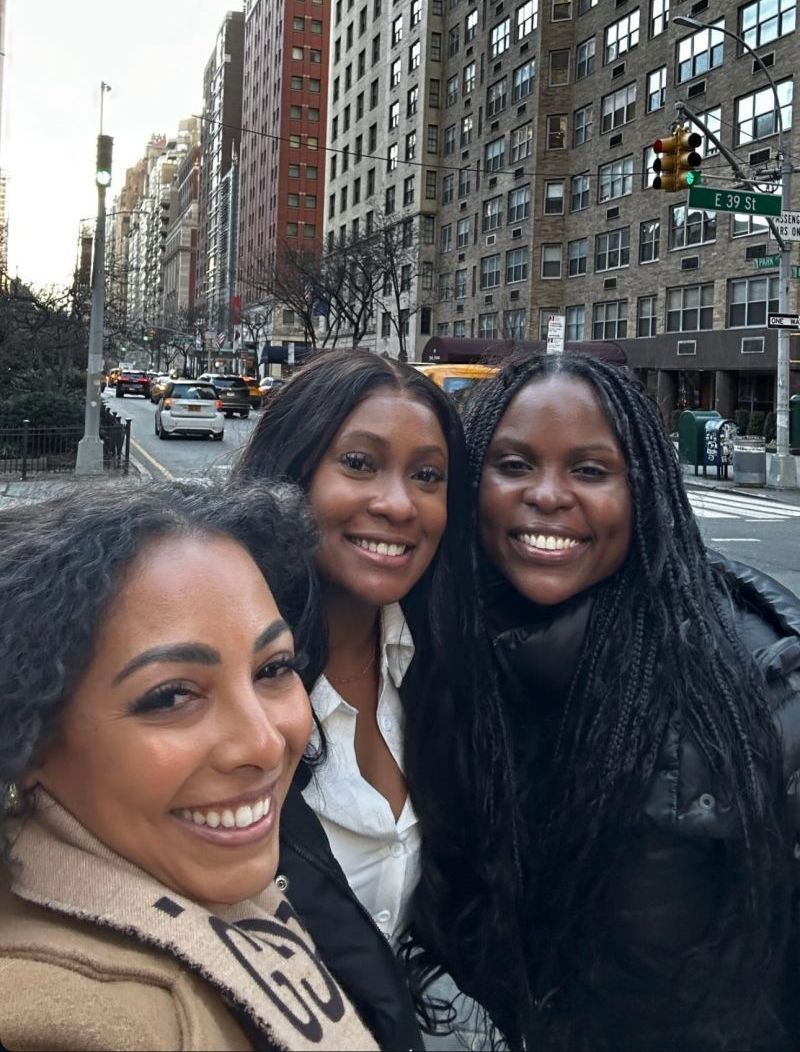
In Celebration of Black History Month…
Three future CRNAs in New York City representing Columbia University & West Virginia University Nurse Anesthesia Programs!
I see you Alexis, Rachael & Kadesha!
Besides,
They’ll see how beautiful I am
And be ashamed—
I, too, am America. Langston Hughes
Today, celebrating Black men CRNAs across the country delivering anesthesia during Black History month! Representing the 4% of Black CRNAs out of a 70K nurse anesthesia national workforce.
In 2022, Second Lieutenant Calvin Sparks (Otterbein University Nurse Anesthesia Program) served on the graduate nurse anesthesia student panel at the Diversity CRNA Event at the University of Pittsburgh
DNP scholarly project: an educational acronym for autistic children, named after his son, Aiden.
Serving as a valuable quick reference tool for utilizing educational resources at healthcare facilities and effectively approaching autistic children.
I see you Dr. Calvin Sparks, DNP, CRNA
Besides,
They’ll see how beautiful I am
And be ashamed—
I, too, am America.
Celebrating Black History Month..
Honoring generational legacy of contribution and undeniable central role in shaping United States History.
Giving glory and grace to the legendary Dr. Lewis Liddell, Director of Bands of Jackson State University aka The Sonic Boom, HBCU’s finest!
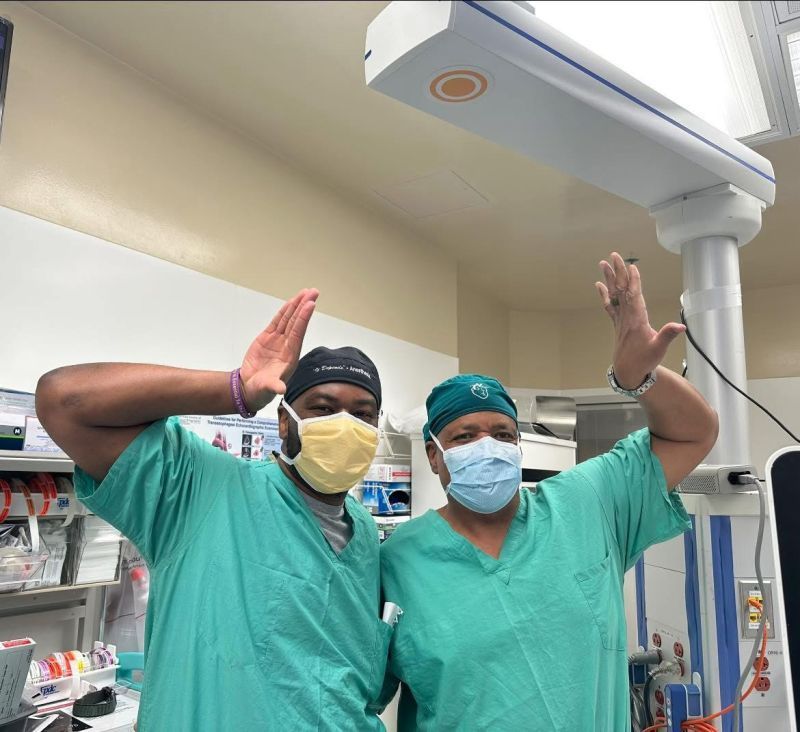
Celebrating Black History Month…
A Nurse Anesthesia Resident and Cardiothoracic Surgeon take an Omega Psi Phi Fraternity, Inc. photo break.
I see you, Garred ‘Matt’ Miller and Dr. Allen.
Besides,
They’ll see how beautiful I am
And be ashamed—
I, too, am America. Langston Hughes
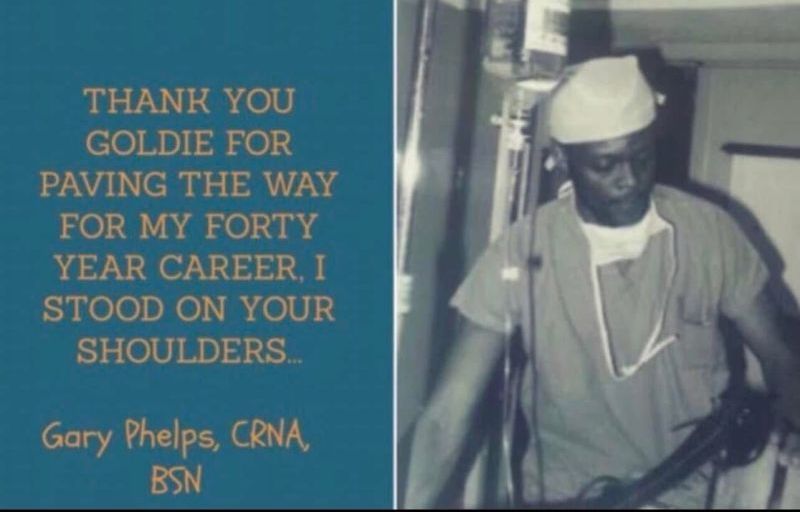
In celebration to those who paved the way for us in Nurse Anesthesia…
Gary Phelps, CRNA was the only Black nurse anesthesia student in his cohort at Pennsylvania Hospital 1975.
Gary Phelps experienced tremendous social isolation and racism as the only Black nurse anesthesia student and no faculty of color at Pennsylvania Hospital.
He continues to have a deep respect and admiration for Goldie Brangman, CRNA, MBA, MEd, Program Director, Harlem School of Anesthesia who would be elected as the first and only Black AANA President in 1973.
Thank you, Gary Phelps CRNA for paving the way for Black Men in pursuit of Nurse Anesthesia.

In Celebration of Black History Month...
We honor Ellen Elizabeth Lindo, Nurse Anesthetist, a graduate from the Harlem School of Anesthesia in early 1960s.
During Ellen's nurse anesthesia education and clinical experience, Goldie Brangman, CRNA, MBA was the Harlem School of Anesthesia Program Director with a racially diverse nurse anesthesia student cohort & faculty. Most Nurse Anesthetists of color graduated from the Harlem School of Anesthesia in the Jim Crow and Civil Rights era.
Never forget...it's a privilege to deliver anesthesia and to remember Black Nurse Anesthetists who paved the way for us.
As per Samuel G. Lindo, the proud son of Ellen Elizabeth Lindo, Nurse Anesthetist:
“It's rare that I'll initiate a post, however, in the interest of vintage African American photography and little Black history... My mother doing her thing as one of the few African American nurse anesthetists in the 1960's. She was a graduate of the famed Harlem Hospital School of Nursing, a school for African American women interested in perusing a career in that field. Because of her I've always wanted to be a healthcare provider and have been for better than 30 years. Thanks Mom...”

In Celebration of Black History Month…
We honor Black Nurse Anesthetists whose shoulders we stand on in the delivery of anesthesia
In 1966, Annette Fuller Hightower, Nurse Anesthetist graduated as the first Black nurse anesthesia student at Charleston Memorial Hospital, West Virginia. Notably, she was the first Black CRNA to work in the state of West Virginia.
Ms. Hightower traveled 70 miles each day during nurse anesthesia training. In addition, excelling In demands of the program, she worked as a registered nurse as a single parent while transitioning into nurse anesthesia career.

Black History in the Making...
Did you know…
We are the only two CRNAs of color as book chapter authors in the Nurse Anesthesia 7th edition textbook assigned widely in doctorate CRNA programs across the country?
In 2002, as a nurse anesthesia student in Philadelphia, there were no chapter authors of color in the same book.
Chapter 3
Patient Centered Care & Cultural Competence in Nurse Anesthesia Practice by Dr. Wallena Gould, EdD, CRNA, FADLN, FAANA, FAAN
Chapter 19
Clinical Monitoring III: Neurologic
System by Dr. Vincent Ford, DNAP, CRNA Assistant Professor, Midwestern University Nurse Anesthesia
In Celebration of Black History Month ….
We launched the Diversity CRNA HBCU School of Nursing Tour on the campus of Howard University in 2016
Most of the nursing students never met CRNAs that mirrored them nor touched anesthesia equipment.
For the first time, nursing students were able to network with Black CRNAs & nurse anesthesia faculty before completing nursing school.
We returned to Howard University four additional times on the Washington, DC campus.
All followed by multiple Diversity CRNA HBCU School of Nursing Tour visits to Coppin State University, Delaware State University, Southern University, North Carolina Central University & North Carolina A&T State University.
This is the evidenced-based award winning Immersion Model for Diversifying Nurse Anesthesia Programs commitment to HBCU outreach!
